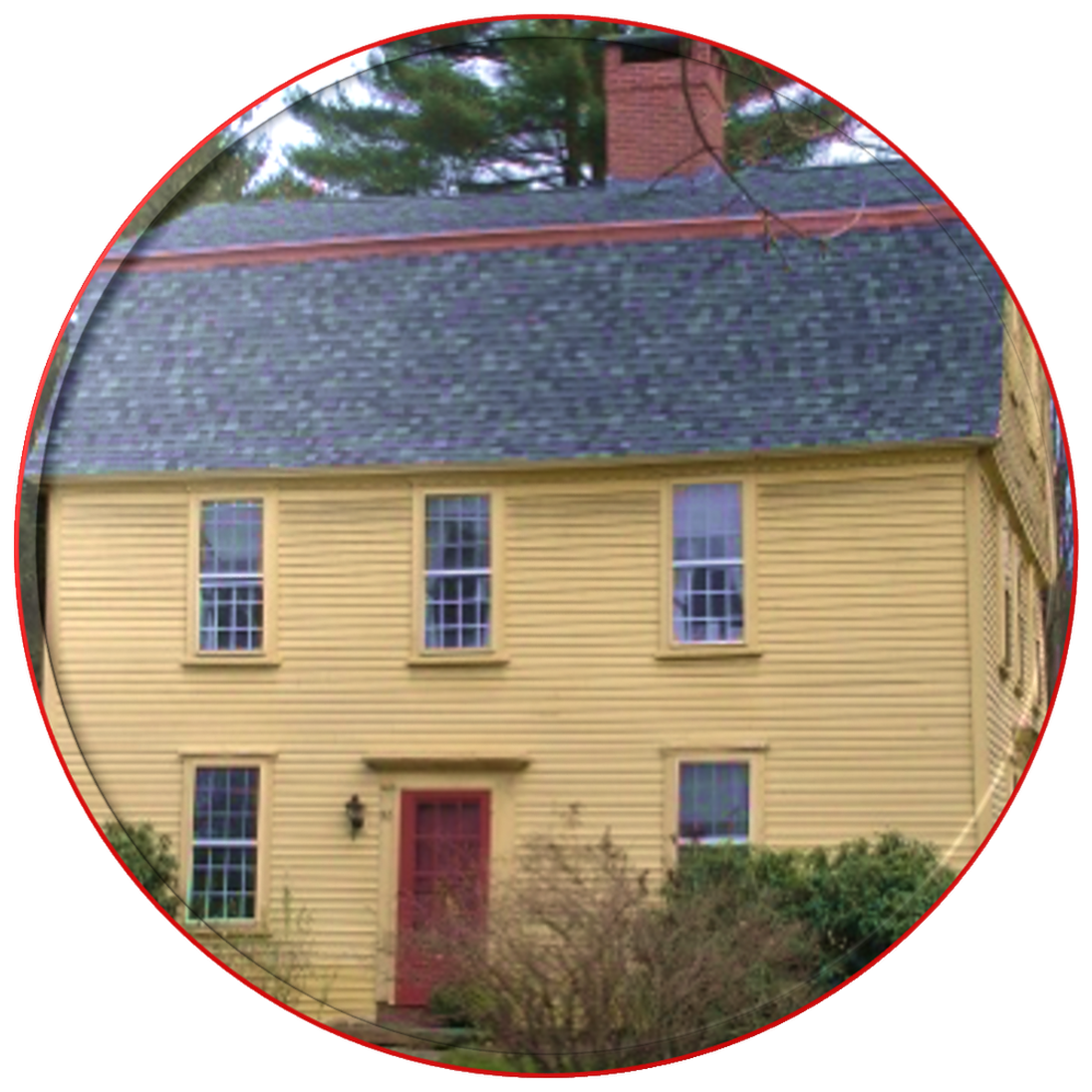Godfrey and the Regicides
Rob Brun del Re, P.Eng September 2020
Introduction
The City of Westminster, London, England was a hotbed of political and social turmoil in 1660-1665, the exact timeframe in which I believe Godfrey made his way to America. But it’s not the timeframe alone that’s important but the people caught up in this turmoil that bears inspection.
There were three notable historical figures, of which we are currently aware, who had both intimate ties to Westminster and who sought refuge in America during this timeframe: Regicide Judges: Edward Whalley, William Gough, and John Dixwell.
In article 10, Godfrey in 1664, I discussed Whalley’s and Gough’s ties to Westminster. In this article I’ll explore the third regicide, Dixwell as well some more findings on the Puritan “underground” that linked The City of Westminster in London, England to the New England colonies. To recap:
Westminster, London - Haldey/Northampton MA Ties
Edward Whalley lived in Westminster until his flight from England in July 1660
William Gough lived in London before his flight to America on the same ship that transported Walley
William Gough’s wife Francis Whalley Gough (Edward Whalley’s daughter) lived in Westminster in 1665
Jane Whalley (Edward Whalley’s sister) was married to a Puritan minister, the Rev. William Hooke
Francis Whalley Gough stayed with her aunt, Jane Whalley Hooke, in Westminster
Rev. William Hooke and his wife Jane Whalley Hooke were in regular contact with a small network of New England-based Puritans who harboured the regicides. They included the Rev. John Russel (Hadley), Rev. John Davenport (New Haven/Milford CT) and Rev. Increase Mather (Boston)
William Gough and Edward Whalley were holed up in the house of the Rev. Russell in Hadley from 1664 onwards
Francis Whalley Gough was in regular contact with her husband, William Gough, through the puritan network while he was hiding in Hadley, MA
Rev. Eleazar Mather (Increase Mather’s brother) was the Minister of Northampton, MA from 1660-1669, during which we first hear of Godfrey in Northampton in 1667
Whalley and Gough were visited by John Dixwell in 1664 while they were in Hadley. We don’t know how long he stayed, but it could have been much as two years
These ties between Westminster and Hadley/Northampton are significant and, currently, they are only the documented links.
Eleazer Mather and John Dixwell
While I focused my research on Whalley and Gough and the Puritan network, two people I had not researched in depth were the Reverend Eleazar Mather and the other “New England” regicide John Dixwell.
First, I read that Rev. Mather was probably aware of the Regicides hiding in Hadley and at his death in 1669, his probate inventory included a “Prentice Youth” who’s “value” (probably the contract’s value) was 5 pounds. (1) There is no mention of what happened to this “prentice youth” after Rev. Mather’s death, however, this event coincides with Godfrey taking up residence in Deerfield (See article 11, The Denham Grant).
Secondly, John Dixwell. known as a Colonel in Cromwell’s army, was also an attorney who had been called to the Bar in 1638. According to records, John Dixwell “of Folkestone, Kent, Gent”, had been admitted to Lincoln’s Inn in 1631, probably to “read law”.
It struck me as fascinating that the Nims family business, the New Inn Backgate and their parish church, St. Clement-Danes, were extremely close to the four Inns of Court including Lincoln’s Inn. Though John Dixwell lived and studied in Westminster approximately a decade before Godfrey was born, the proximity to the Nims’ business and home parish is significant. I would assume that he made professional and personal connections to people in the Nims’ neighbourhood.
An additional legal connection was John Pynchon, one of the most important figures in Northampton, MA area and the presiding judge in Godfrey Nim’s thievery case in 1667. John Pynchon seems to have also known about the existence of regicides staying in New England in the Hadley area.
Thoughts
I continue to seek direct proof of a link between Godfrey and the Regicides. However, we know that the ties between the three Regicides, the Puritan underground and the Nim’s parish in Westminster run long and deep.
Did Godfrey somehow get attached to one of the three Regicides? Is it possible that he was sent by the Puritan network to assist one or more of the fugitives in New England? How else would a young lad from Westminster, find himself alone in a frontier town in New England in 1667? It is a highly suspect set of circumstances.
Next Chapter: Chapter 13: What’s in a Name?
